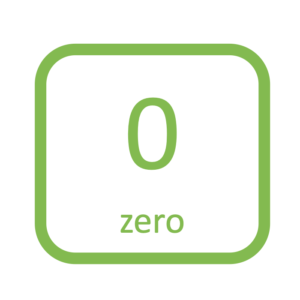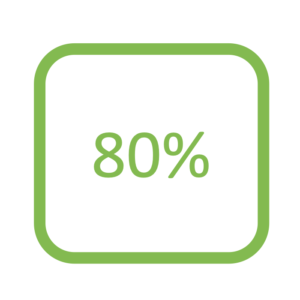“Reset the Clock to 1 Year”
A Technique to Reduce Prescription Renewal Burden
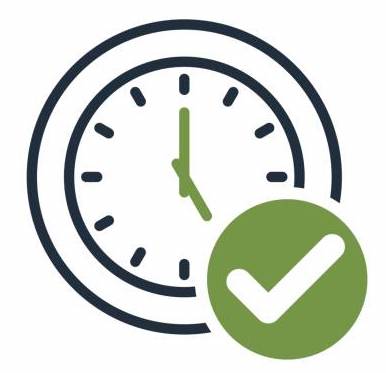
I recently wrote a comprehensive article explaining why physicians should absolutely charge a fee for prescription renewals without visits.
Many family doctors are still hesitant. They worry that patients will flock to come into the office for their prescriptions and that they don’t have the capacity in their saturated schedules to accommodate the extra visits.
The original article explains that, yes, there will be some increased visits for prescriptions. However, “for all parameters, the outcomes were better with prescription renewal fees. Less staff time. Less doctor time. More revenue. Less net cost. It is unmistakably more costly to keep ‘simply’ renewing prescription requests without a visit nor fee.”
If that still doesn’t convince you, I’m writing this article to explain how minimal the extra prescription visits will be!
Let’s Look at Some Math
The average family doctor in Ontario has about 1300 patients.
Out of those patients:
- Approximately 11% (143) have diabetes. They’ll be in regularly for diabetes visits and should never need to book a “prescription renewal visit” so long as you ensure they have repeats at every visit.
- At least 20% (260) will not be on any medications.
- Another 17% or so (221) will only be on a medication that does not require regular renewals. (i.e. prn steroid creams, prn nasal sprays, prn naproxen, EpiPens, prn PPIs, prn Viagra, over-the-counter Vitamin D or ASA, etc).
- Roughly 31% are females who need to come in for a PAP test every three years. Distributed out over three year intervals, that equates to about 136 patients coming in each year anyway for PAPs. Prescription renewals with repeats would be done at each of those visits, if needed.
- A significant percentage of patients have chronic conditions other than diabetes (i.e. CHF, COPD, etc). Those patients will inevitably be in for visits at least once or twice per year anyway – whether it be routine scheduled visits or acute episodic needs. Let’s assume a conservative 10% (130). Prescription renewals with repeats would be done at these visits.
Admittedly, there will be some overlap between each of these subsets of patients. But in total, all of those numbers add up to 890 patients.
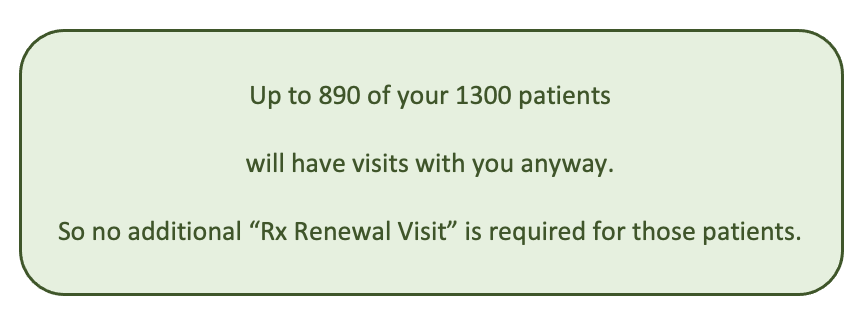
That leaves 410 patients who might need prescription renewal visits throughout the year.
Divide that by 230 clinic days per year. That equates to 1.8 visits per day.
However, the actual burden will be less than that once you consider the “Resetting The Clock” strategy that I’ll describe below.
Resetting the Clock to 1 Year
The FHO Payment Model incentives family doctors to keep their patients healthy and require as little visits as necessary.
Thus, whenever possible, at every point of contact, your goal should be to equip the patient to be set free for a year. Certainly, they won’t always be the case, especially for complex, unstable patients. But a great deal of the time, it’s totally appropriate.

Let’s say I saw a patient on August 5th, 2022 for a Prescription renewal visit. At that visit, I opportunistically updated all of his preventative care and addressed all of the patient’s concerns. At the end of that visit, I renewed all of his medications for 1 year.
But then today on that February 17th, 2023, the patient came in for an acute concern related to knee pain. I deal with his knee concern, and then I see in my EMR that patient’s medications will be due again on July 31st:

This is a stable, competent patient. He rarely needs to come in. At today’ visit, we checked up his blood pressure the same as we do routinely at every visit. His blood pressure to target.
Well, July 31st may seem like a long time away. But, it will sneak up sooner than you expect. Instead of the patient needing to come in for another “Prescription Renewal Visit” in July, I am going to take the opportunity to “Reset the Clock to 1 Year”.
Today, I renew all his prescriptions today with another year’s worth of repeats. And I’m sure to tell the patient this so he is aware. I also remind him to get updated bloodwork for his kidney function in another couple months and equip him with a lab requisition.
I’ve just ‘reset the clock’ for this patient, starting fresh for another year.
We essentially used an acute episodic visit to renew prescriptions, thus negating the need for a prescription renewal visit this year.
And you should look to similarly reset the clock for every acute episodic visit with all your other patients.
The result is that many of those 410 patients who you thought will need extra prescription renewal visits won’t actually need to come in for those extra visits. And those extra 1.8 visits per day never actually come to fruition.
Not only that, a certain portion of your patients who are due for Prescription Renewals will decline to come in for a visit. Instead, they will pay the Uninsured Service Fee or sign up for an Annual Plan (Block Fee).
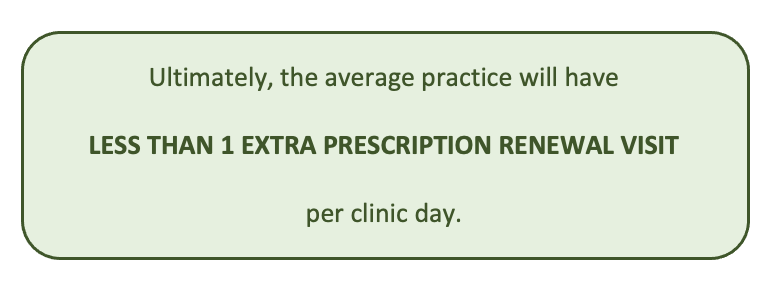
PatientSERV Can Help You
So you’ve decided to take the leap of faith and start charging for prescription renewals. But how are you going efficiently bill and collect payments?
PatientSERV is the solution. We have technology, support, and expertise to answer all of your concerns related to this or any other Uninsured Service concerns.
For more information, visit www.patientserv.ca
Highest regards,
Dr. Adam Stewart
Family Physician |Physician Advisor | PatientSERV
February 17th, 2023



